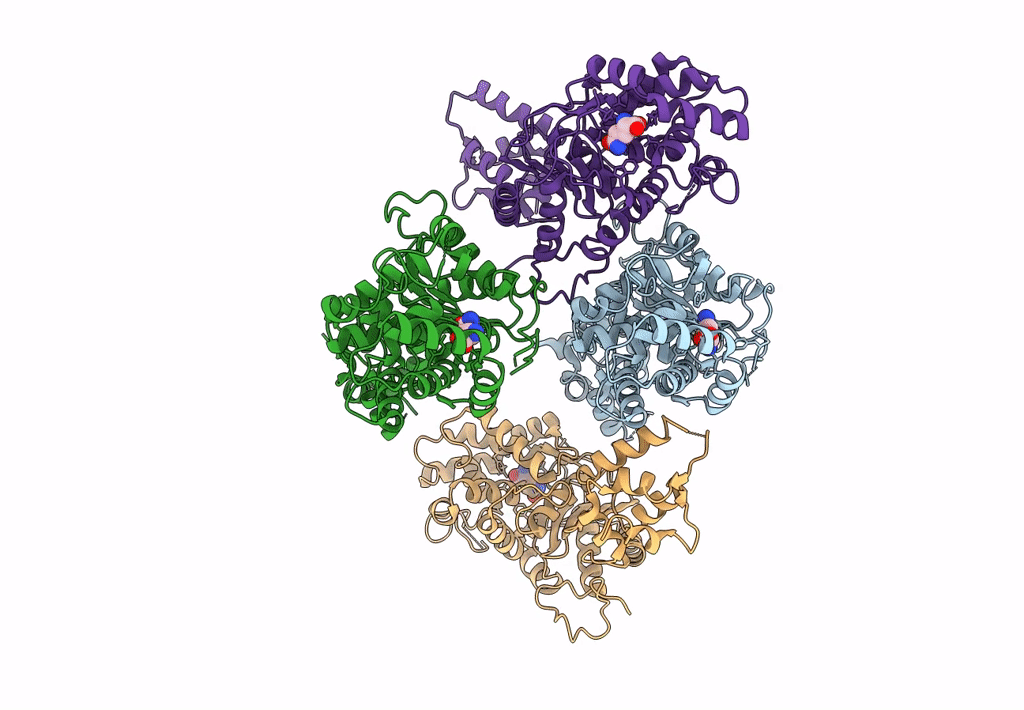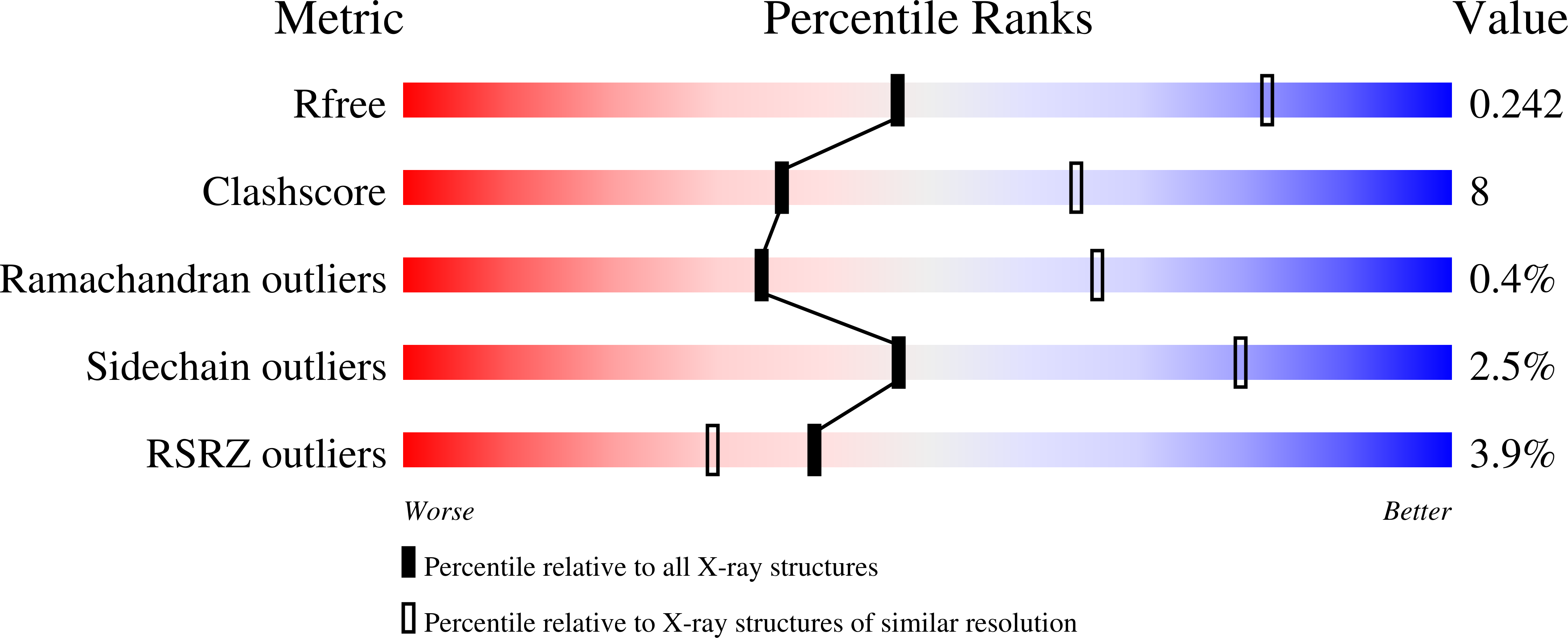
Deposition Date
2021-09-25
Release Date
2022-02-02
Last Version Date
2023-10-18
Method Details:
Experimental Method:
Resolution:
2.80 Å
R-Value Free:
0.24
R-Value Work:
0.20
R-Value Observed:
0.20
Space Group:
P 21 21 21


